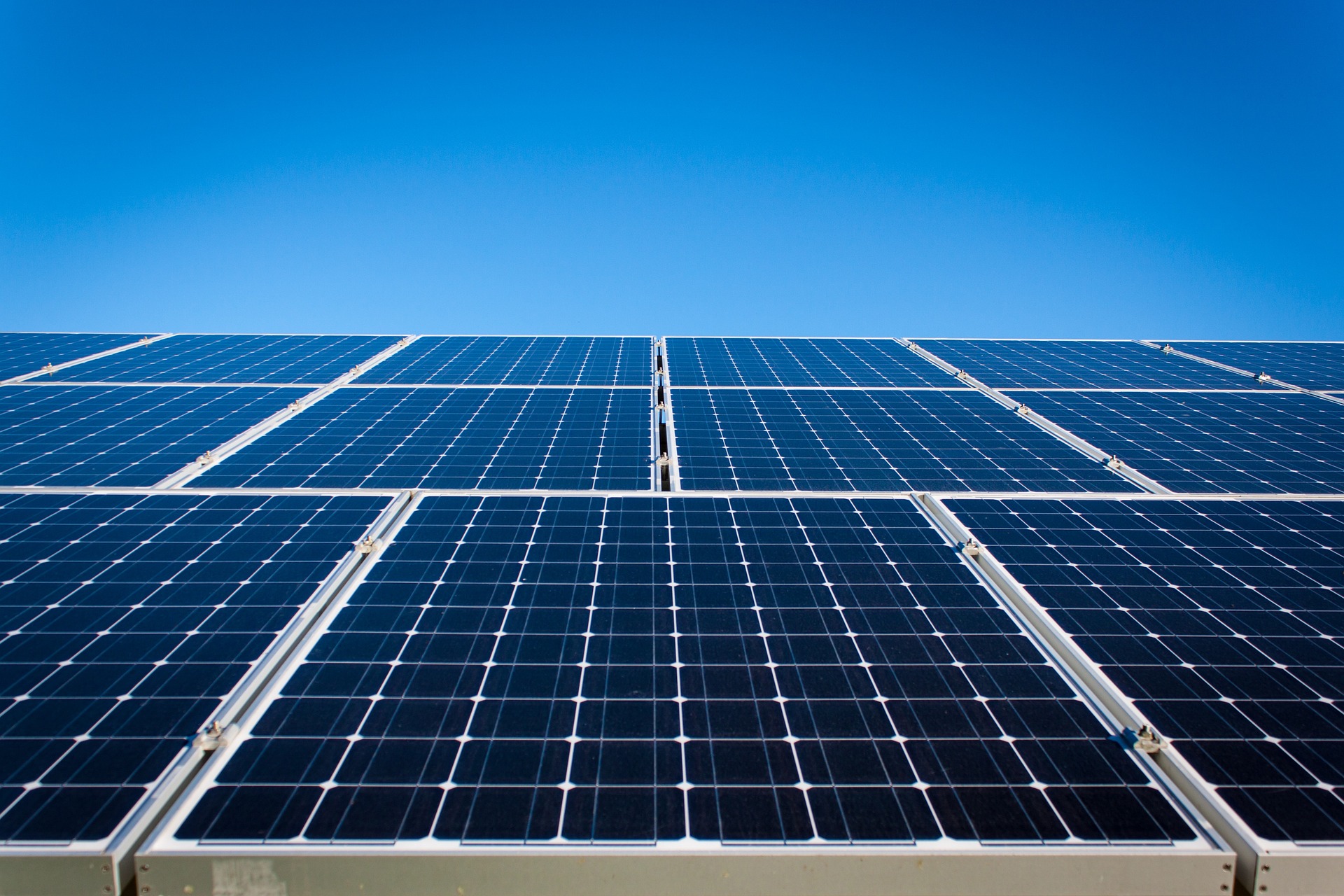In a ministerial level meeting held in Paris this month, the European Space Agency (ESA) approved plans for further research into space based solar power, a project known as SOLARIS, meaning ‘of the sun’. The project will carry out research with the aim of developing huge orbiting satellites fitted with solar panels that can collect the sun’s energy and wirelessly beam it down to Earth.
If the initial research phase is successful, this could be a big step in the global shift away from fossil fuels and towards renewable energy.
Space based solar power (SBSP) has been around as a concept for the last few decades, first conceptualized in the 1970s. Until now, however, we have not had the technology to make this idea a reality.
The SOLARIS project that has just been approved by ESA will run an investigation into the economic, political, and technological feasibility of developing a SBSP programme within the next decade, a decision on whether to go ahead with the full development will then be made in 2025.
In theory, the project would consist of giant solar farms on satellites orbiting the planet. These solar panels would be exposed to sunlight 24 hours a day, meaning that significantly more energy could be collected than in terrestrial solar farms.
This non-intermittent energy would be similar to current hydroelectric, nuclear, and hydrocarbon power plants. The parts for these huge satellites would be launched into space on low cost, reusable launchers and assembled in space using advanced robotics.
Each satellite would aim to produce the same amount of electricity as a power station. The energy would then be beamed wirelessly back down to Earth to be converted to electricity at receiver stations and transferred to Earth’s grids.
The SOLARIS team have already shown it is possible to wirelessly transmit energy over 30m in a demonstration performed in Munich early this year but there is still a way to go before it is possible to transmit energy over the 36,000km distance that would be required.
Further investigation is also needed into how cost effective the programme would be, whether it is environmentally safe and how the beam could interact with the Earth’s atmosphere. The SOLARIS programme aims to answer these.
Despite the uncertainties that remain, the underlying technology and physics is already well understood; the idea of space based solar power is not complete science fiction.
SBSP could be Europe’s answer to reaching its goal of carbon neutrality by 2050, a goal that may otherwise be impossible to reach. This sustainable source of energy would be inexhaustible, helping Europe and eventually the rest of the world to reach climate and energy security.
It could also be an invaluable resource aiding future space exploration by providing the potential to beam energy to the Moon or Mars.
ESA is not the only organisation looking to space when it comes to providing energy. China, the USA, and Japan are also in the processes of developing plans for SBSP and a UK company, Space Solar, is aiming to demonstrate beaming power from space within the next 6 years.
With the need to shift to cleaner energy becoming increasingly urgent the development of space based solar energy has the potential to become the next space race.





